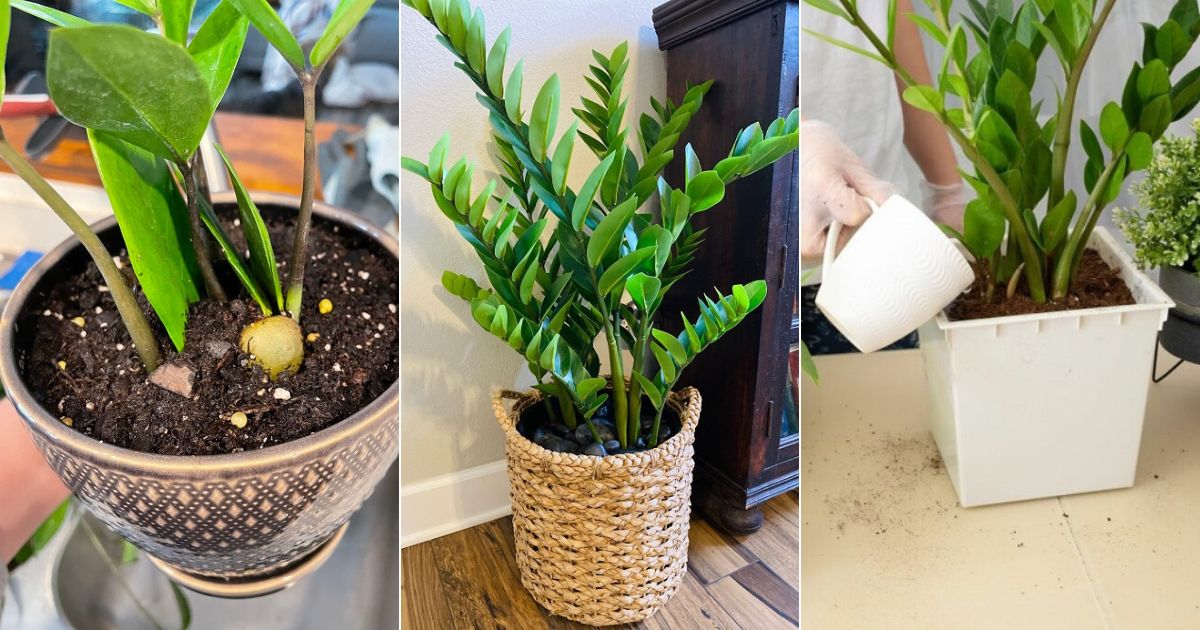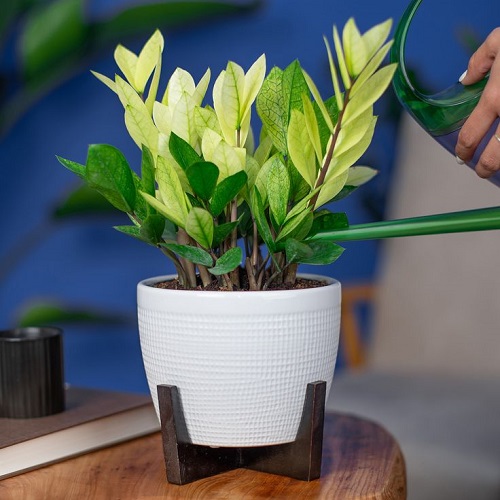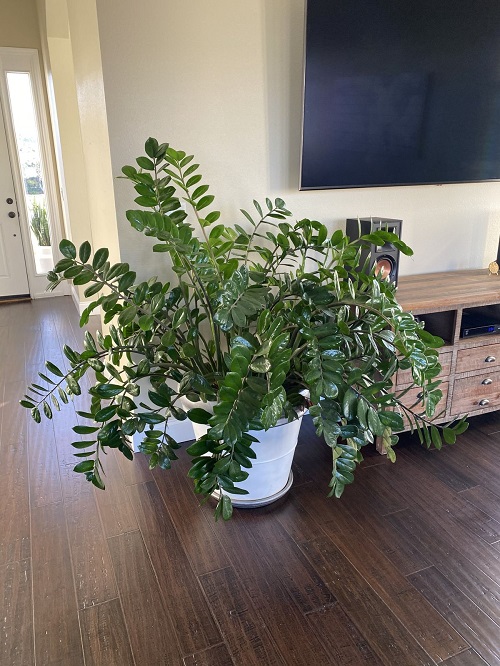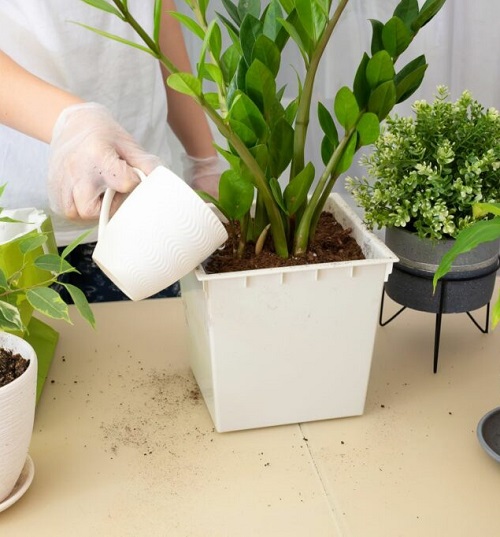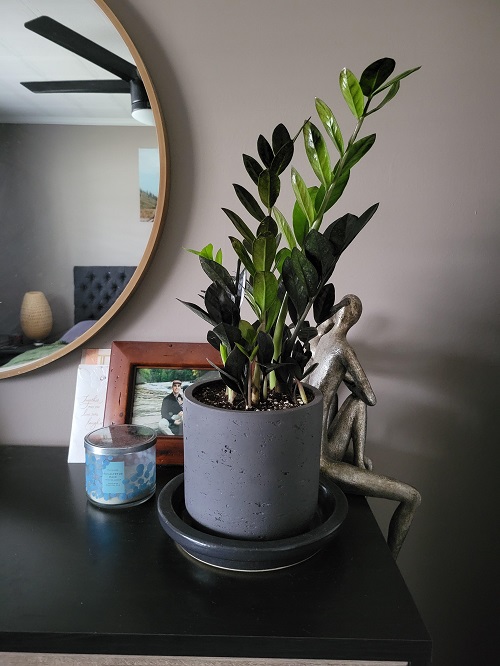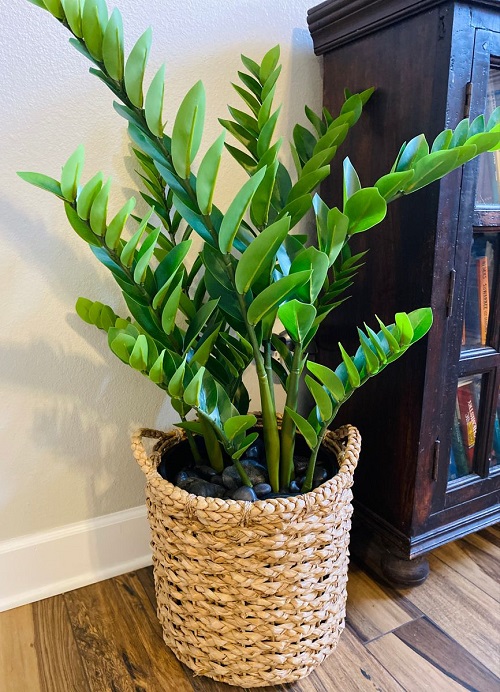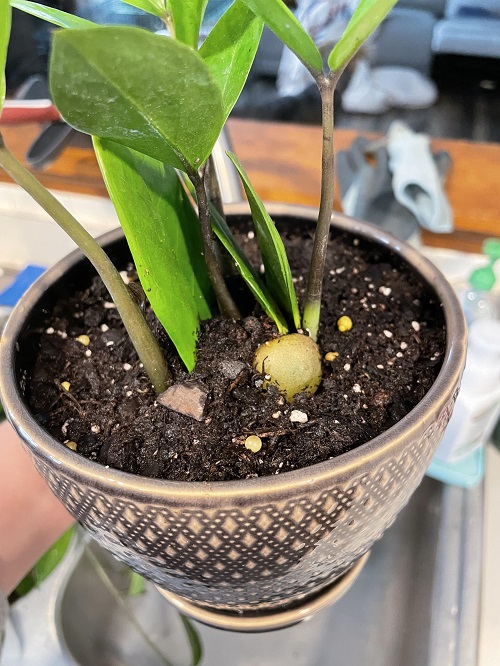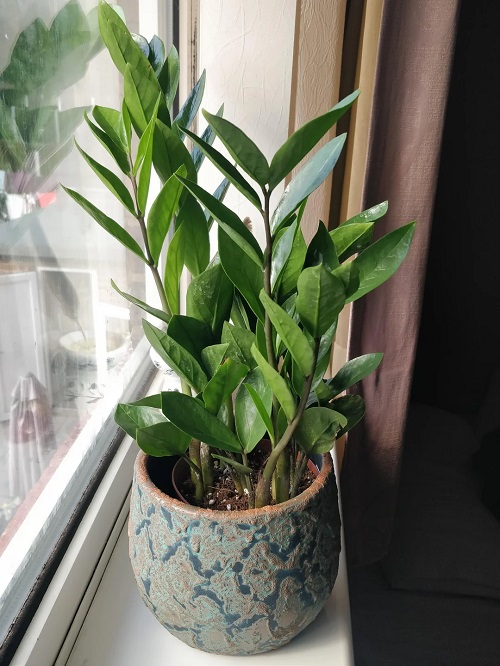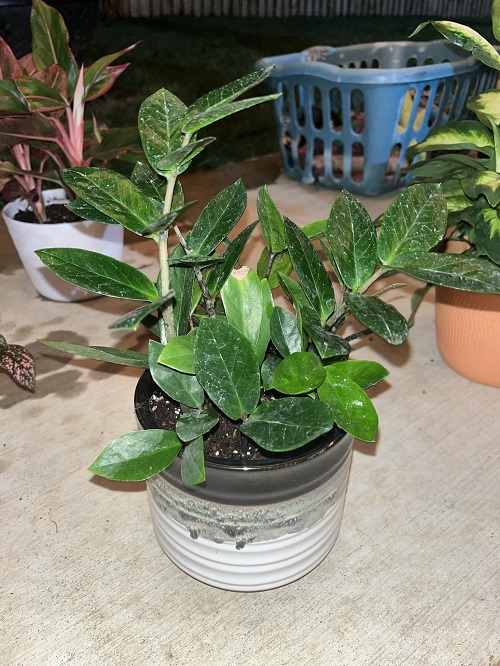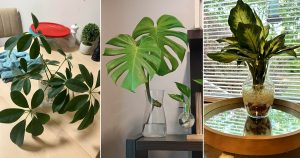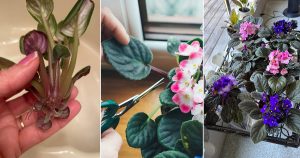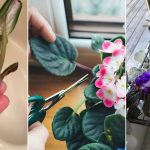Read about Sneaky Winter Mistakes that Kill ZZ Plant Slowly. Help it stay green and healthy all season by avoiding simple blunders.
ZZ plants are popular with people who like low-maintenance houseplants. They are often recommended to beginners because they are tough to kill. But even though they are easy to care for, they still need a few basic things to stay healthy. This becomes even more important in winter, when the plant needs the right conditions to stay happy and strong. Here you can learn about Sneaky Winter Mistakes that Kill ZZ Plant Slowly.
Sneaky Winter Mistakes that Kill ZZ Plant Slowly
1.Overwatering During Cold Months
Overwatering is the most common mistake people make in winter. The ZZ plant grows very slowly in cold weather and requires little water. When the soil stays wet for too long, the rhizomes start to rot. This rot spreads slowly and affects the roots first, so the plant shows symptoms late. You may notice yellow leaves or soft stems only after the damage becomes serious. Water the plant only when the top half of the soil feels completely dry.
2. Keeping the Plant in Cold Drafts
ZZ plants grow best in temperatures between 60 and 75°F. They can survive short periods of hotter or colder weather, but they will not be happy, so it is better to avoid these extremes. Most homes stay within this range in winter, so it usually isn’t a problem. Just make sure the plant is not in a drafty spot or in a place that gets too hot or too cold. Keep it away from open windows, heating vents, or anything that blows air directly on it.
3. Using the Wrong Type of Water
Tap water with too many salts or minerals can hurt a ZZ plant more in winter. The plant drinks less during cold months, so salts build up in the soil faster. This buildup blocks the roots from absorbing moisture. The leaves may start to curl, turn pale, or develop brown tips. The problem becomes worse if the plant is already stressed from cold or low light. Use filtered or rested tap water to reduce salt levels.
4. Placing the Plant in Low Light for Too Long
ZZ plants can survive better than most houseplants in low light, but they still do not like complete darkness. If your plant already sits in a dark corner, winter’s shorter days can make the problem worse and affect its health. During the darker months, move your ZZ plant closer to a window so it can get some indirect sunlight. Just make sure it does not sit in direct sun, as that can harm the leaves.
5. Ignoring Dry Indoor Air
Winter air inside homes becomes dry because of the heaters. ZZ plants can handle some dryness, but extremely dry air causes slow damage. The leaves may become dull and lose their natural shine. New growth may appear smaller or take longer to develop. Dry air also makes the plant more stressed, which increases the risk of pest problems. A simple humidifier or a tray of water nearby can help maintain moderate humidity.
6. Fertilizing When the Plant Is Dormant
ZZ plants enter a resting phase in winter and do not need fertilizer. Adding fertilizer during this time overloads the soil with nutrients the plant cannot use. This leads to leaf burn, soil salt buildup, and weak roots. The plant may also show strange growth patterns in spring because the roots become stressed. Wait until late spring or early summer before feeding again.
7. Not Checking the Soil Condition
Winter is the time when soil problems become worse. Old soil may stay wet for too long, compact tightly, or stop draining well. If you ignore the soil condition, water sits around the roots and causes slow rot. The plant may look fine for weeks, but the rhizomes weaken quietly. Check the soil with your fingers and make sure it feels loose and airy. Improve drainage if the soil feels heavy.
8. Keeping the Plant in the Same Spot All Winter
Many people place their ZZ plant in one spot and leave it there all winter, but indoor conditions change throughout the season. A place that receives light in early winter may get almost none by mid-winter. A warm corner may turn cooler later. If you do not adjust the position of the plant, it may suffer from low light, cold temperatures, or drafts without you noticing. Check the surroundings regularly and move the plant if needed.
9. Letting Dust Build Up on Leaves
Dust collects faster in winter because windows stay closed. A thick layer of dust blocks light from reaching the leaves. This makes the plant work harder to make food. The plant may become slow, weak, or dull. Dust also traps pests and keeps the leaves from breathing properly. Wipe the leaves gently with a damp microfiber cloth every few weeks to keep them clean.

